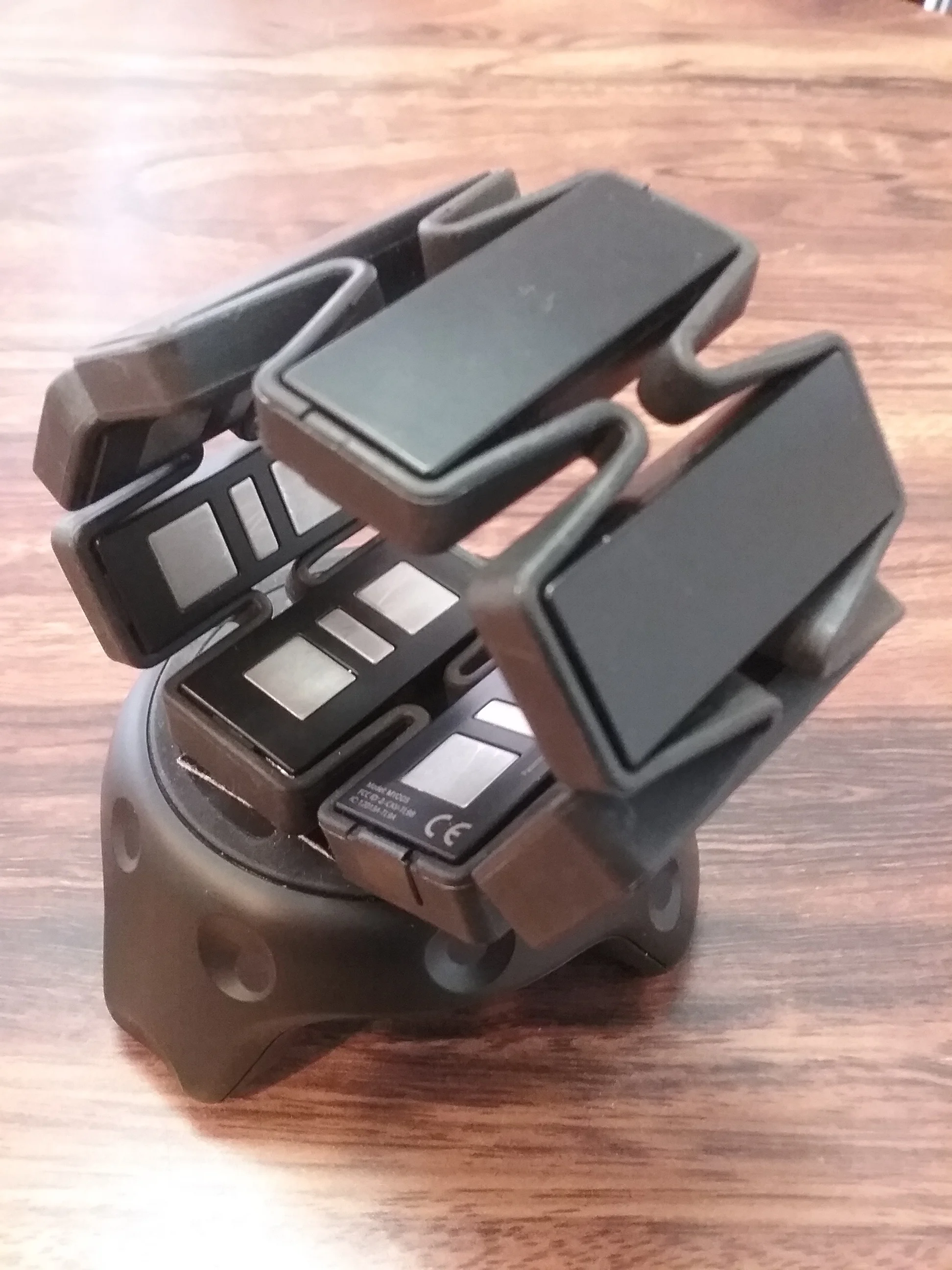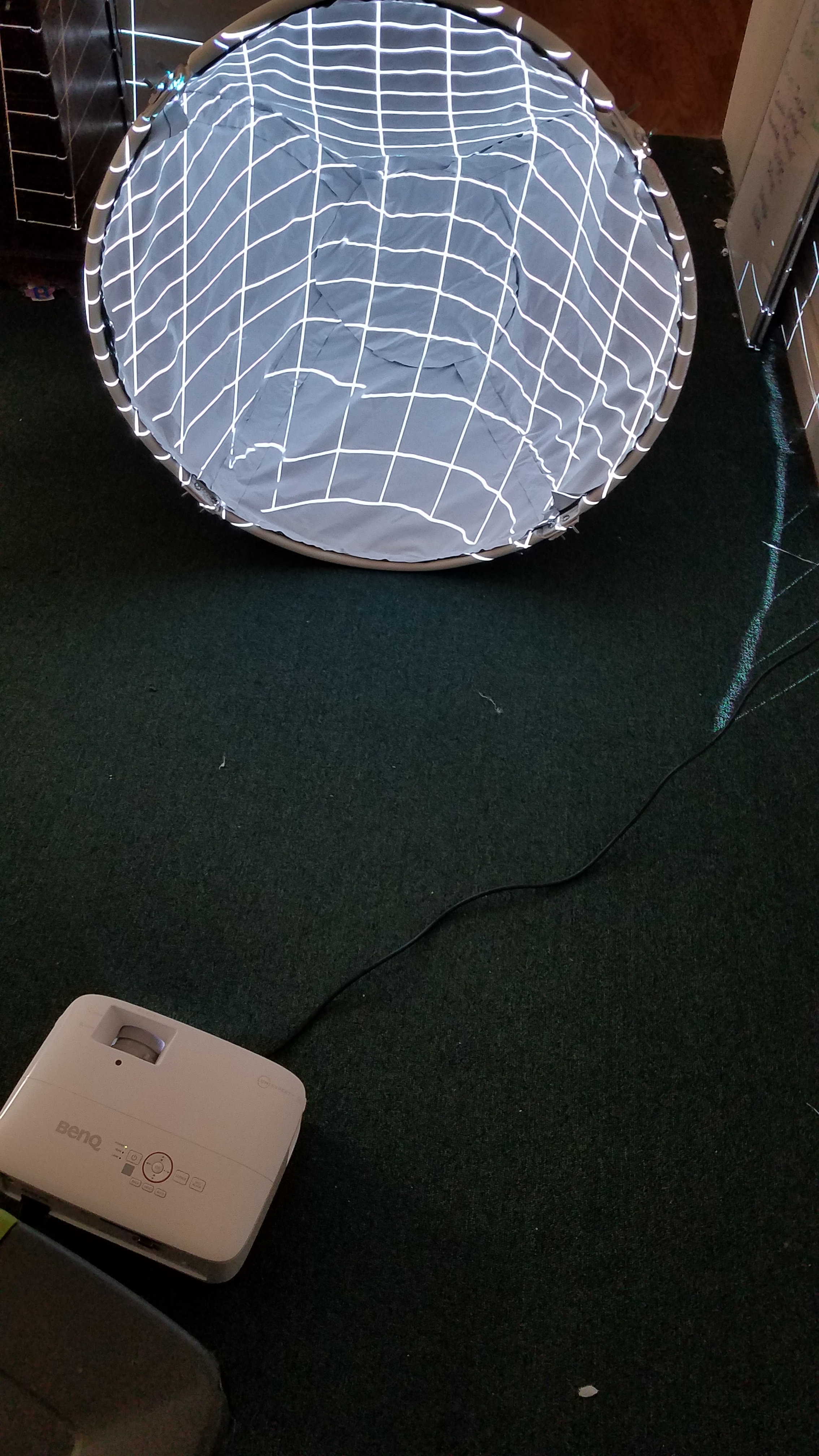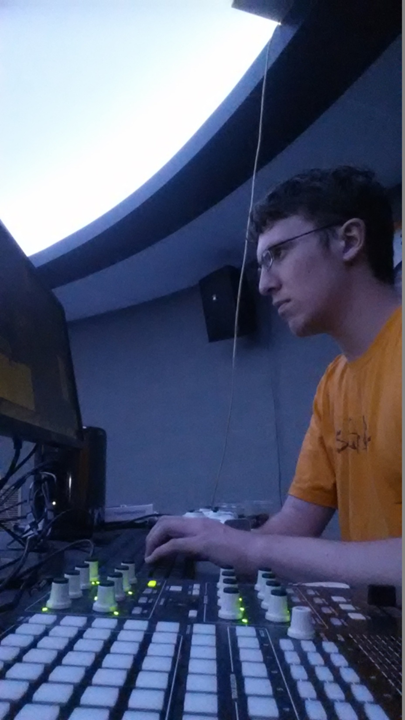
Story Generation
For the 2018 summer Procjam, a procedural content themed game jam, I developed a simulation based story generation algorithm and implemented it in python. The algorithm uses a representation of a “story world” that is changed over the course of generation by “story events” until a variable in the story world signals for generation to end. After I uploaded the resulting program to the game jam, I wrote an article that was published in volume 3 of Procjam’s accompanying online magazine, Seeds.
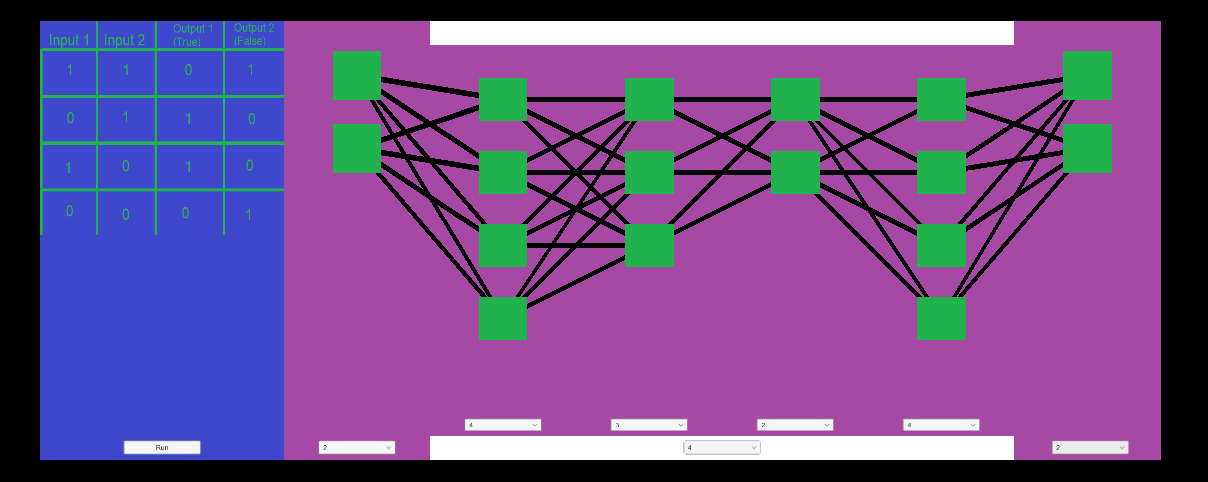
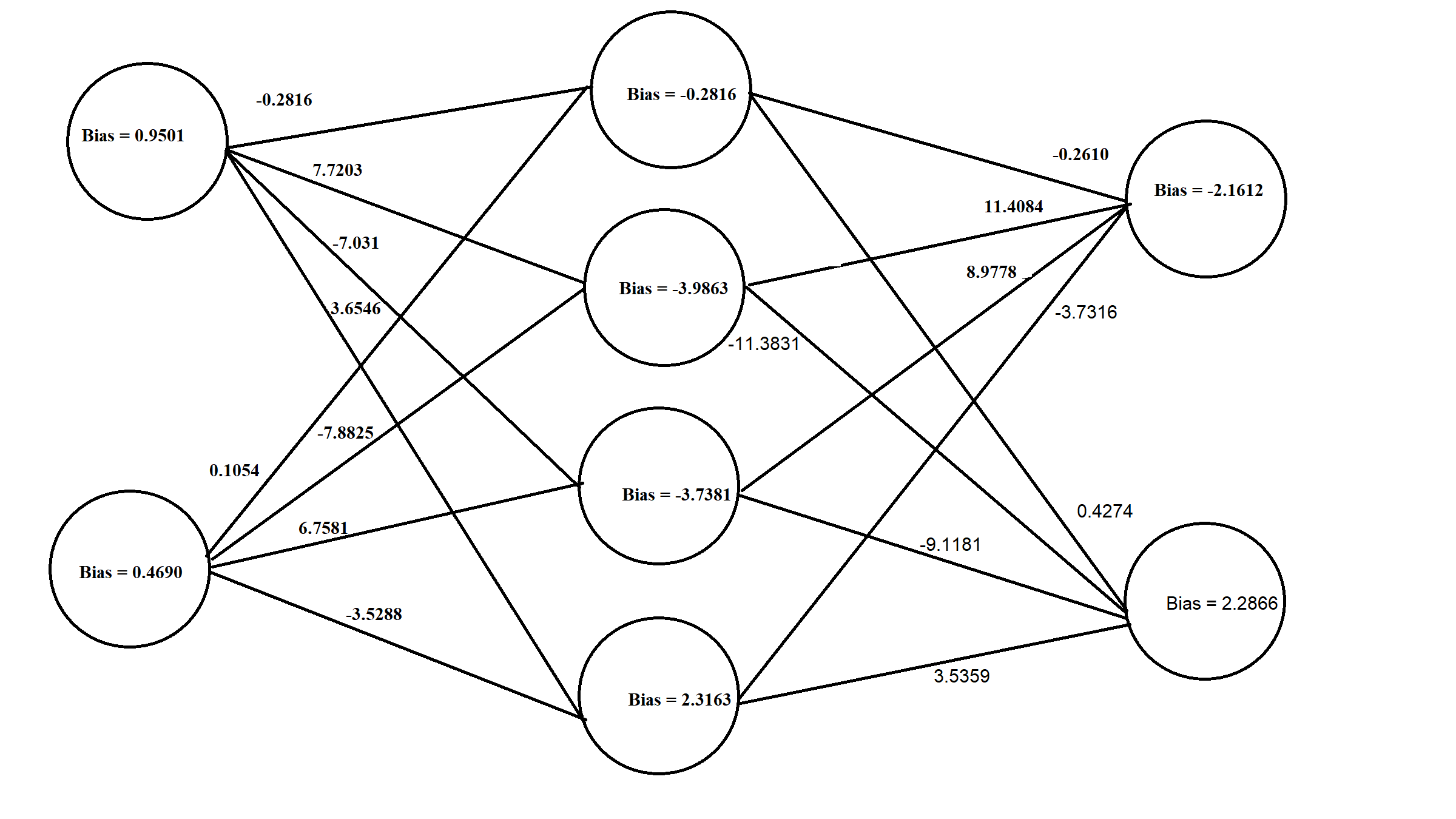
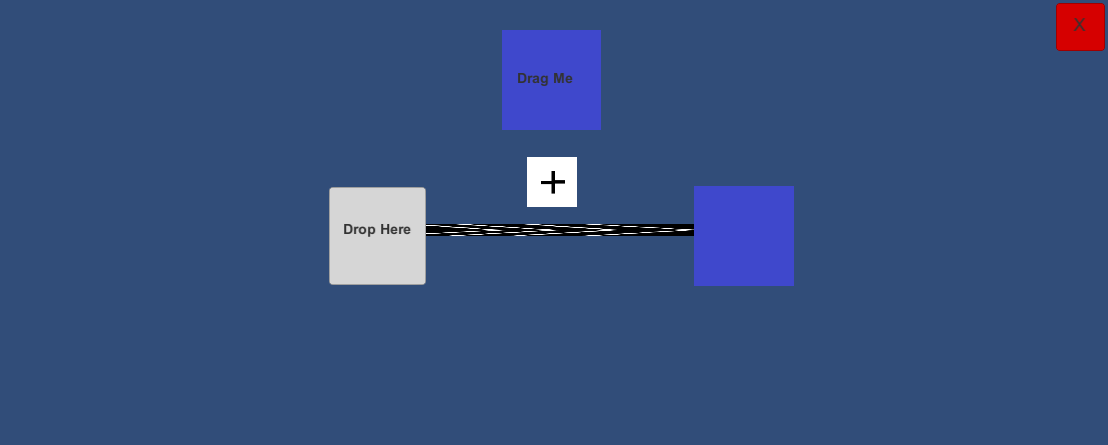
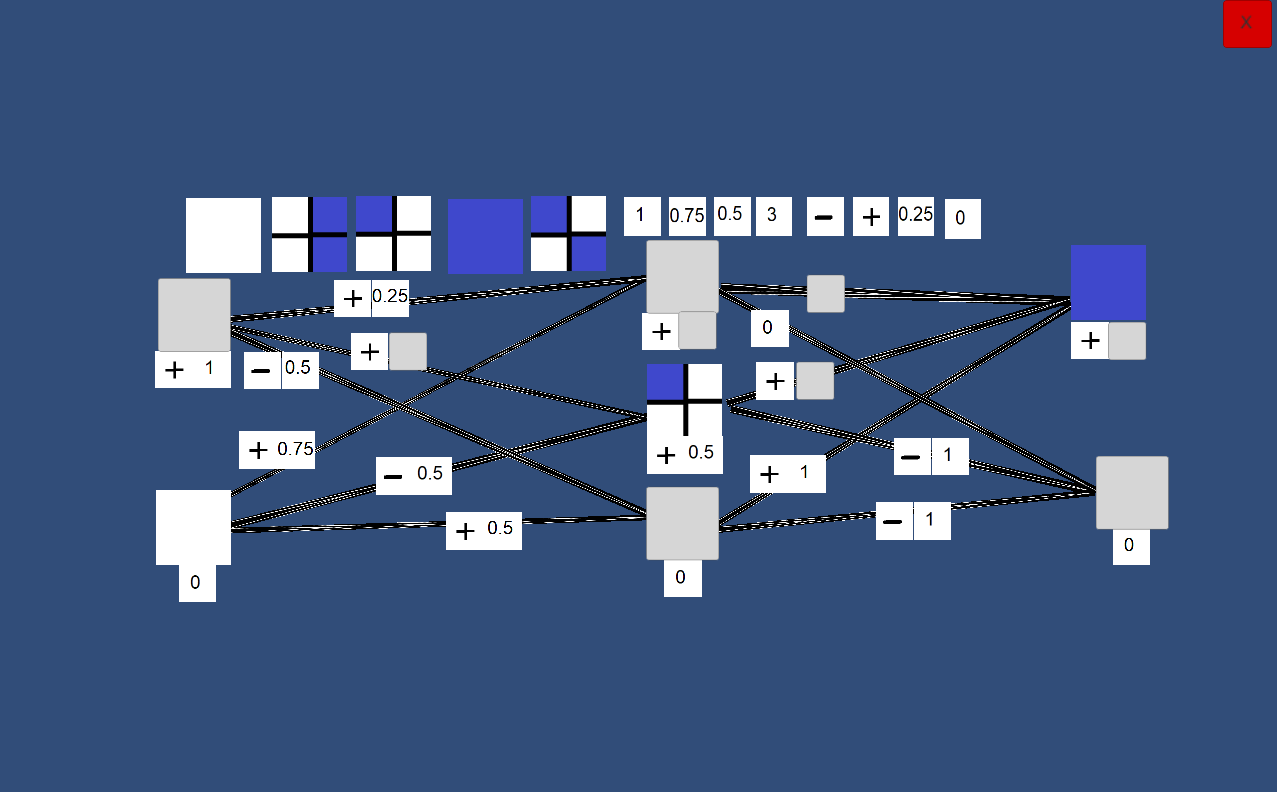
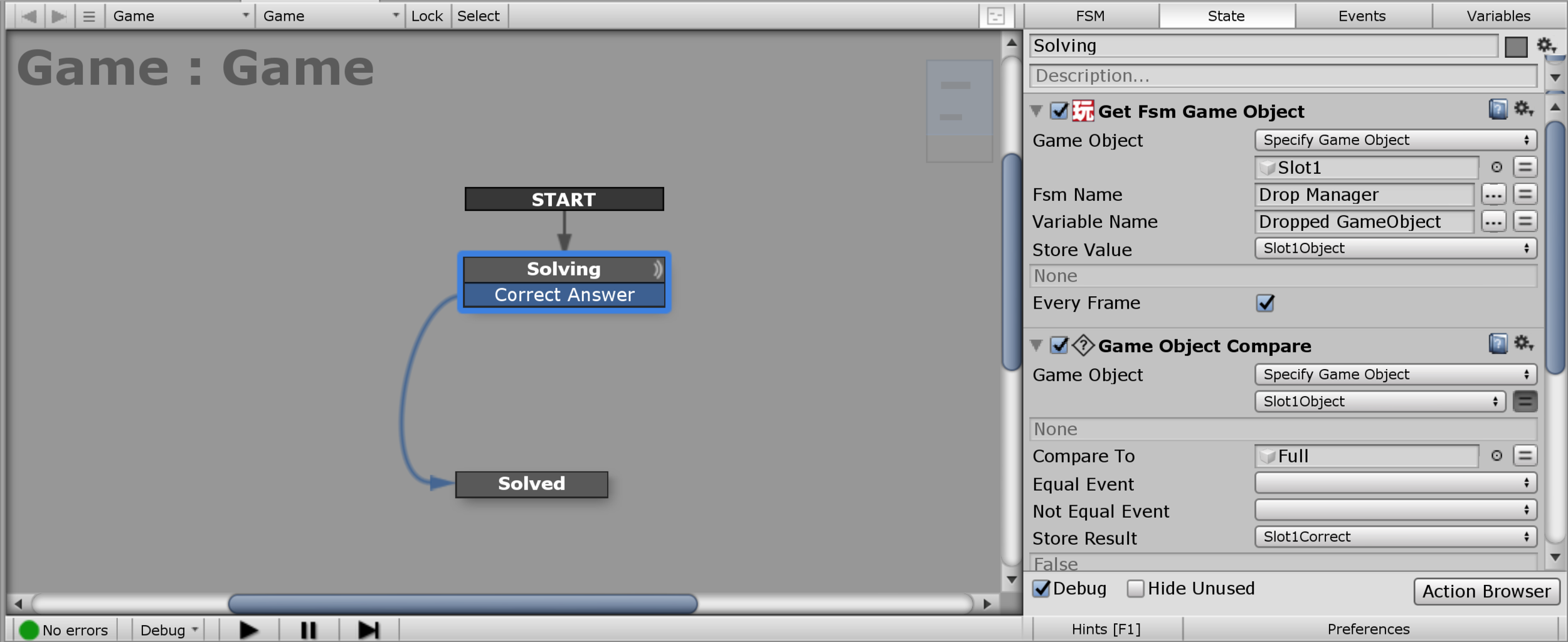
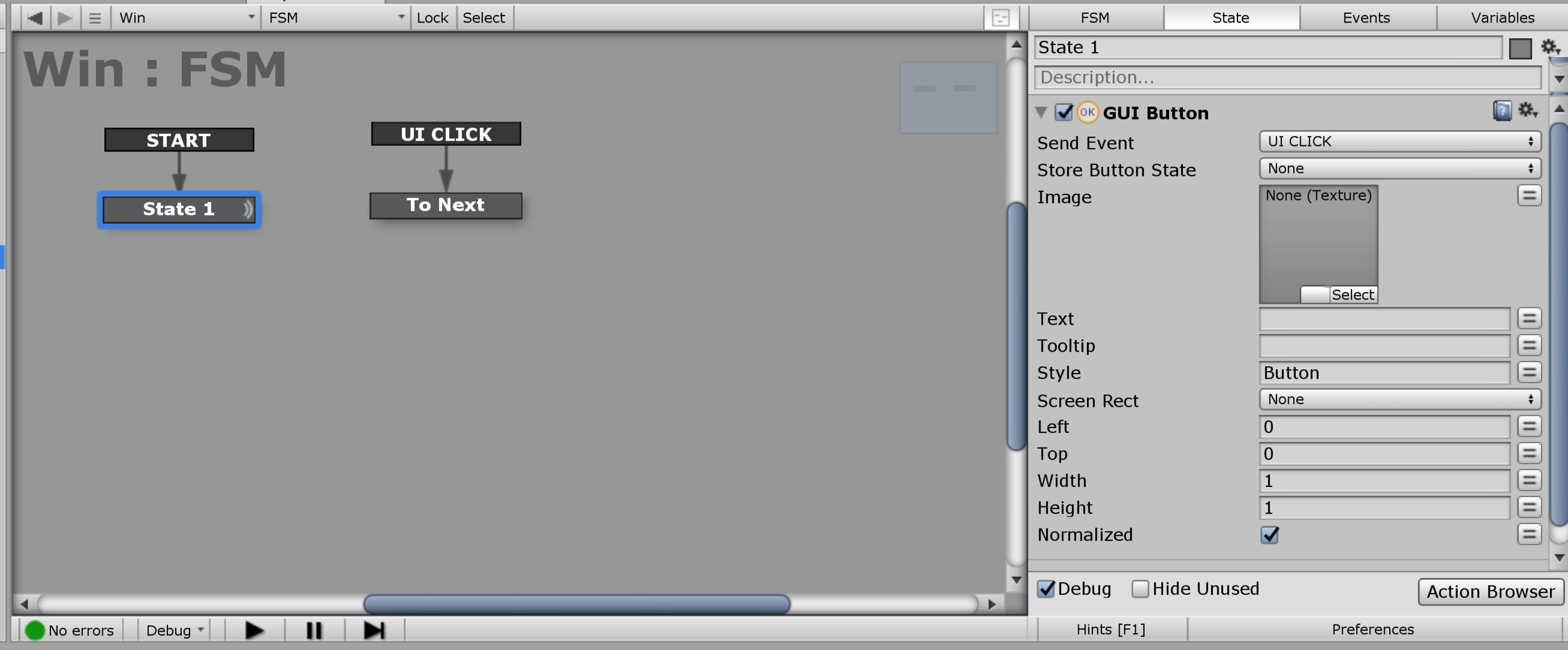
Artificial Neural Network Project
Role:
Designer
Lead Programmer
This project allows middle school aged children with limited knowledge of algebra to create, manipulate, and use a feed forward artificial neural networks with the aim of giving an understanding of the basic concepts and mathematics behind artificial neural networks and machine learning.
The logic and functions of this project were programmed using the Playmaker plug in for Unity.
Cozmo Project
Role:
Designer
Lead Programmer
Inspired by Alice3, this project is being developed with Unity to introduce new programmers to basic programming principles, java syntax, and simple robotics programming by utilizing block based programming and Anki's Cozmo. In the future this software will be utilized to quickly introduce new participants of the First Robotics Competition to software development.
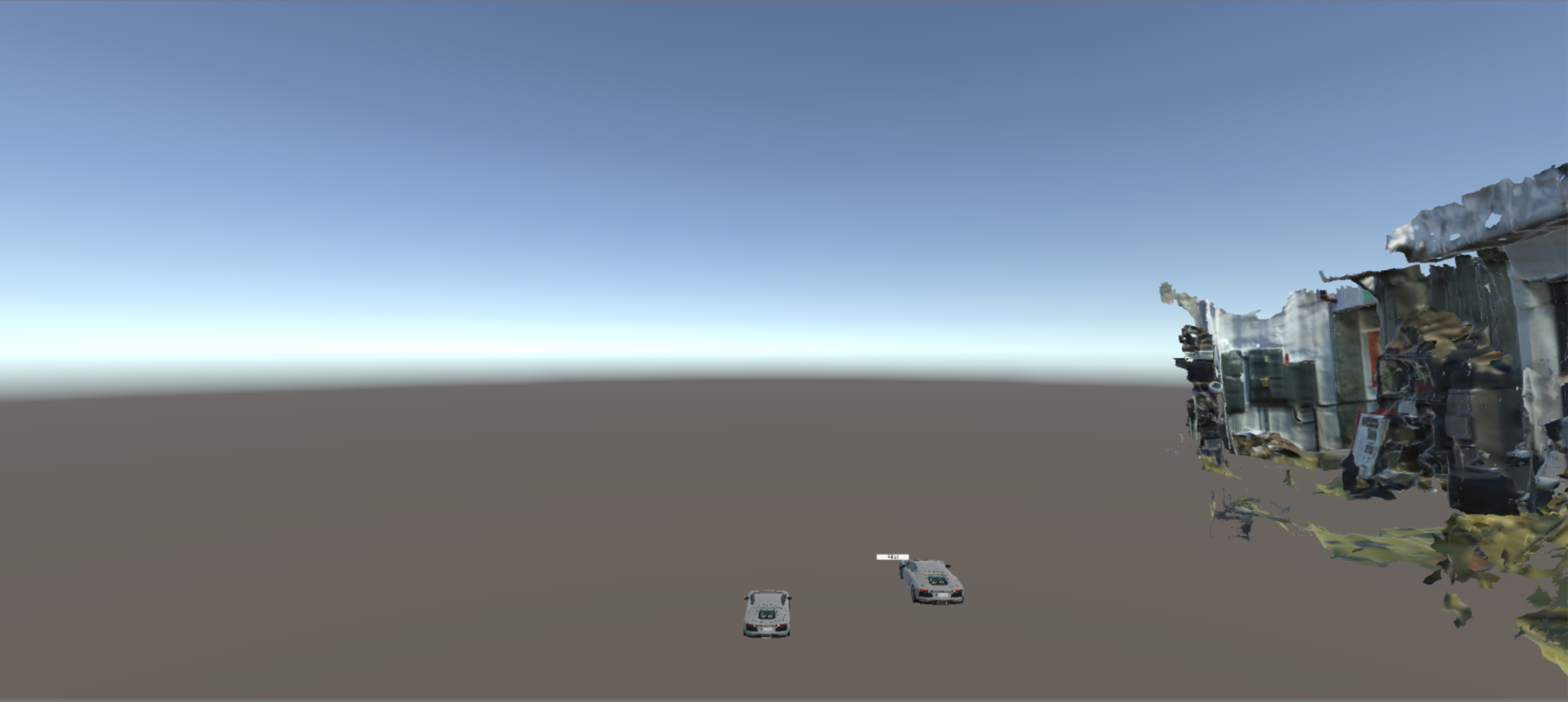
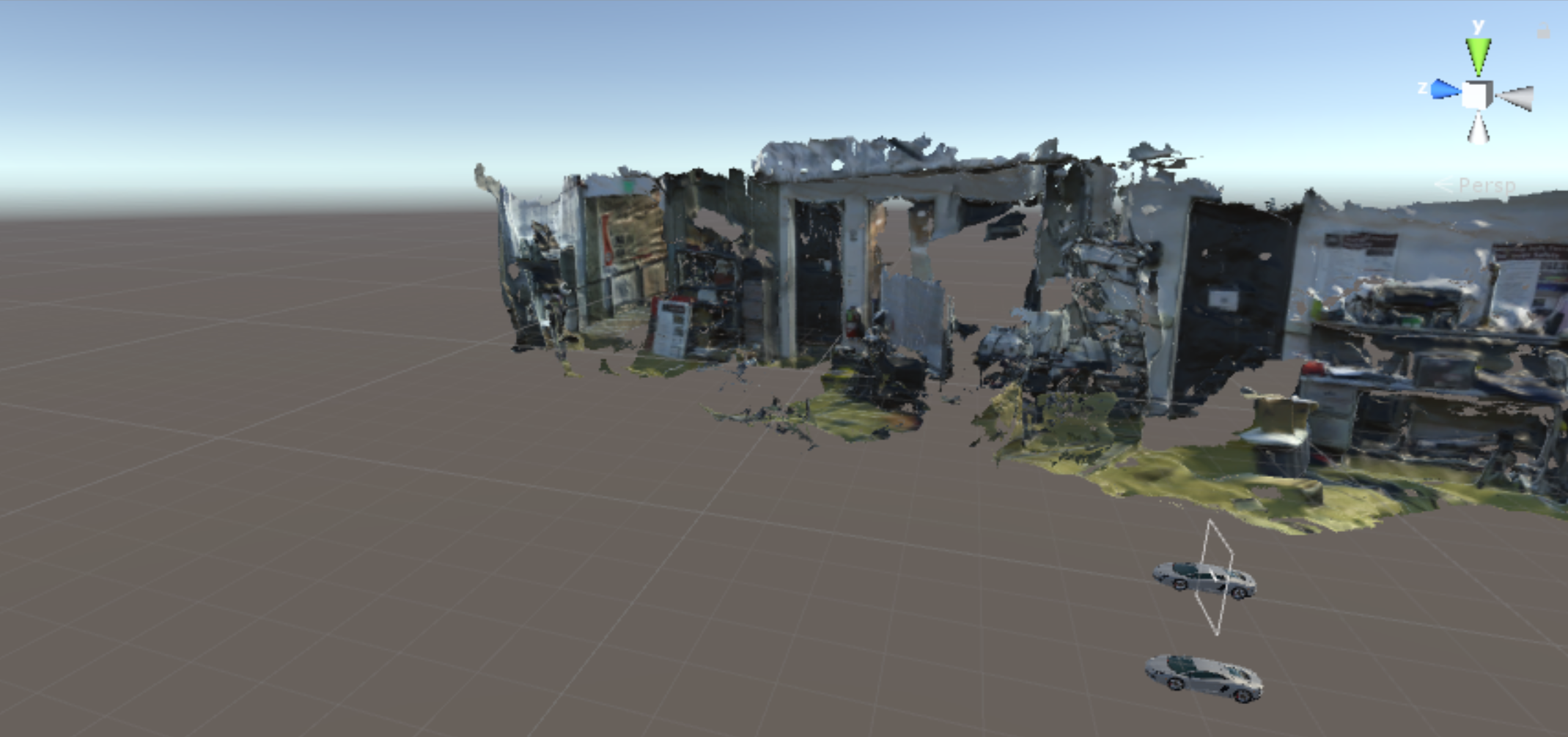
VR Drone Map
Role:
Programmer
Platform:
HTC Vive
I aided a group of Carnegie Mellon University Robotics master students to create a prototype for a VR Done map. The application was created in Unity and users could fly around a map and observe models representing two real drones. The movement of the drones was recorded in real time via ROS using the ROS.net wrapper for Unity. One drone was fitted with a camera, allowing the user to select a button floating near the corresponding model for the drone and instantly be placed at the location of the drone to watch the camera feed simulating a first person perspective.
Virtual Reality Accessibility
A large problem with current virtual reality technology is the lack of accessibility options for users with physical disables. As a possible solution, this project utilizes a myo gesture armband to read input from the user's muscle movements, and a vive tracker to track the location of a virtual controller.
The software used to remap input and change controller roles is openVR-inputEmulator.
The input emulator's ability to swap controllers is also particularly usefull.


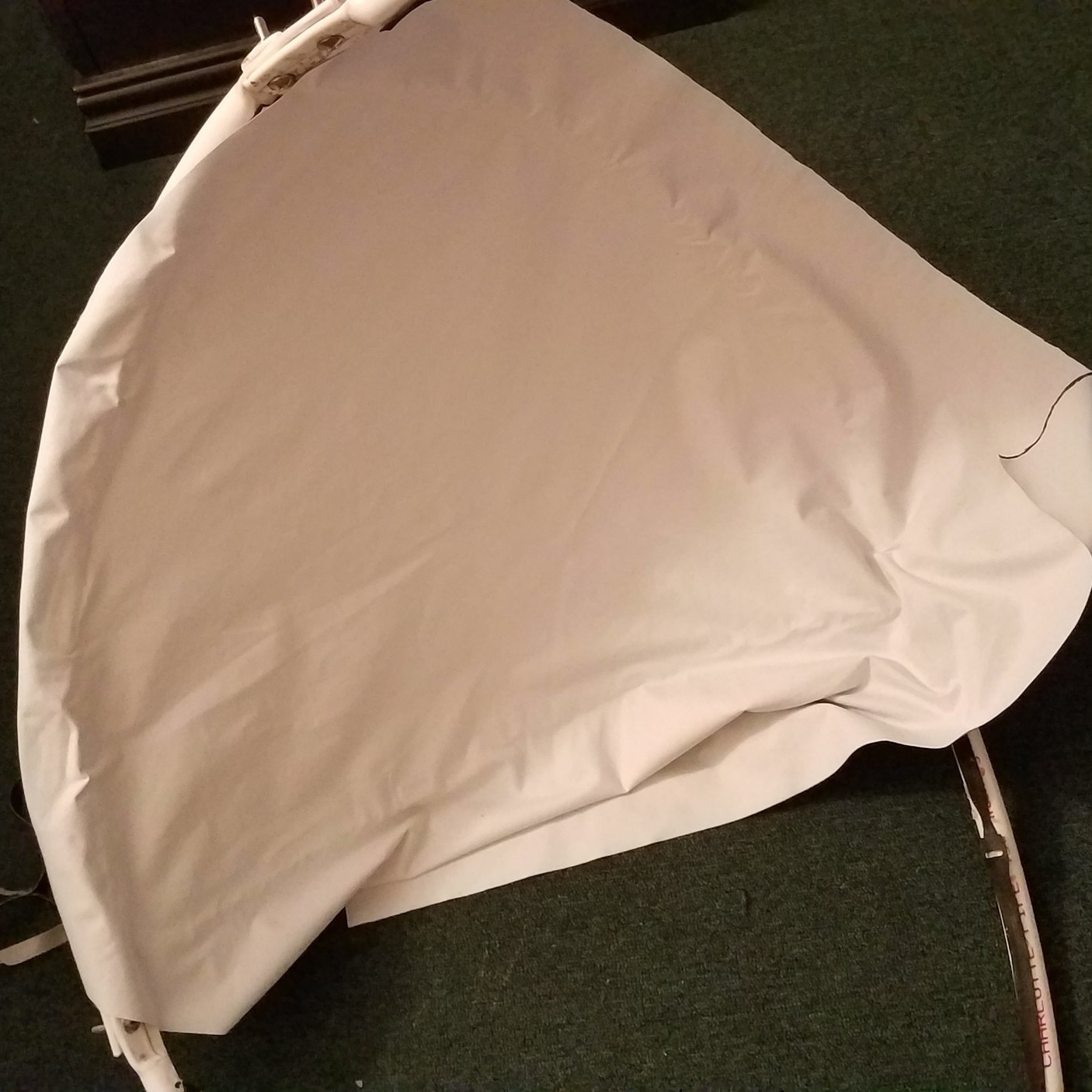

Portable Planetarium
I am designing and building an affordable portable planetarium solution, with a dome that can be easily disassembled.

Slippery Rock University Planetarium
I have been the director of the Slippery Rock University Planetarium since 2012. My duties have included everything from creating and selecting new content for specific audiences, to maintaining and working with equipment, to hosting planetarium shows. As time went on, I began to focus on training and managing new planetarium staff. Due to my relationship with the SRU help desk I was also often an intermediary between the planetarium and the university faculty and staff.


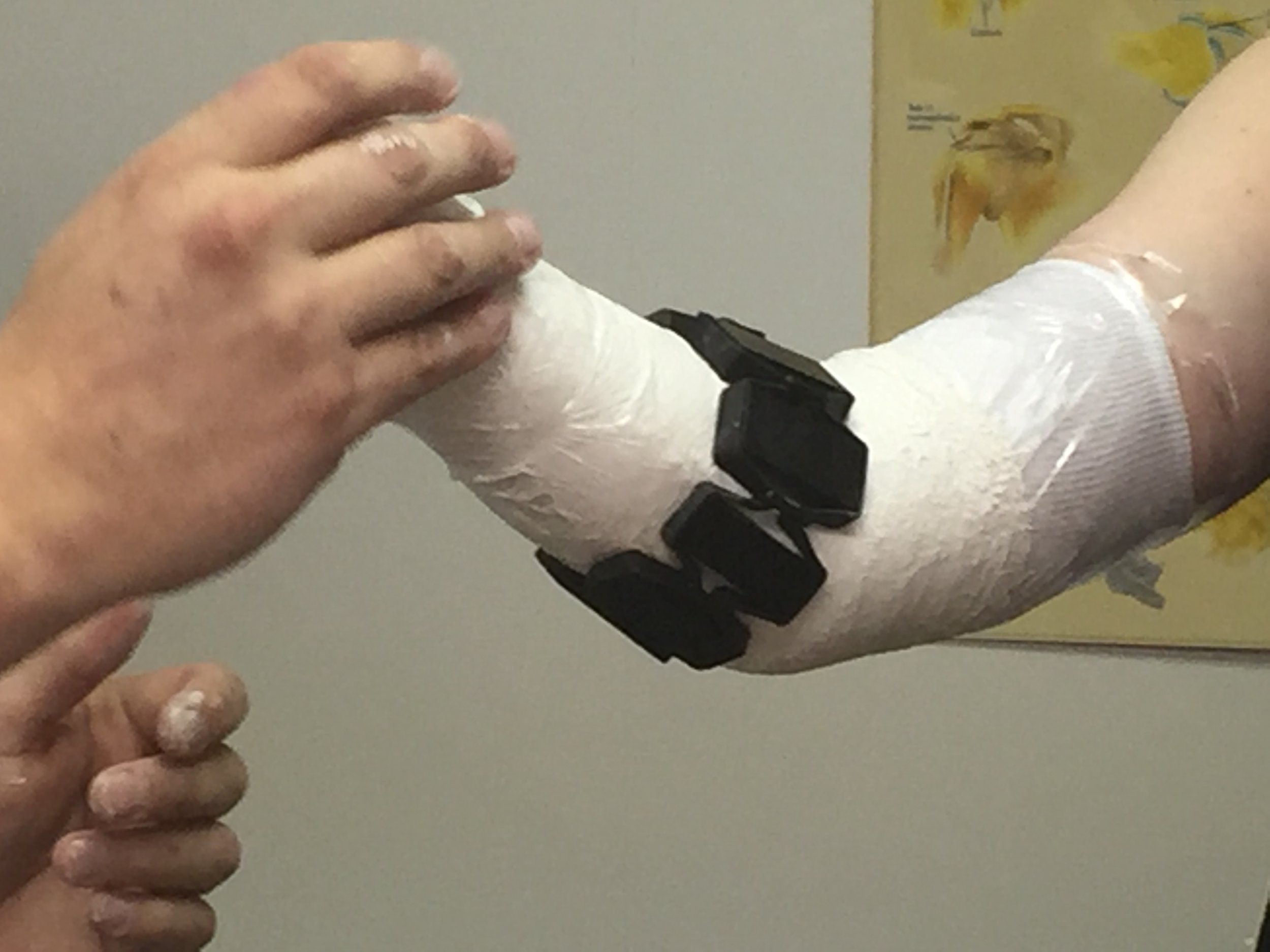
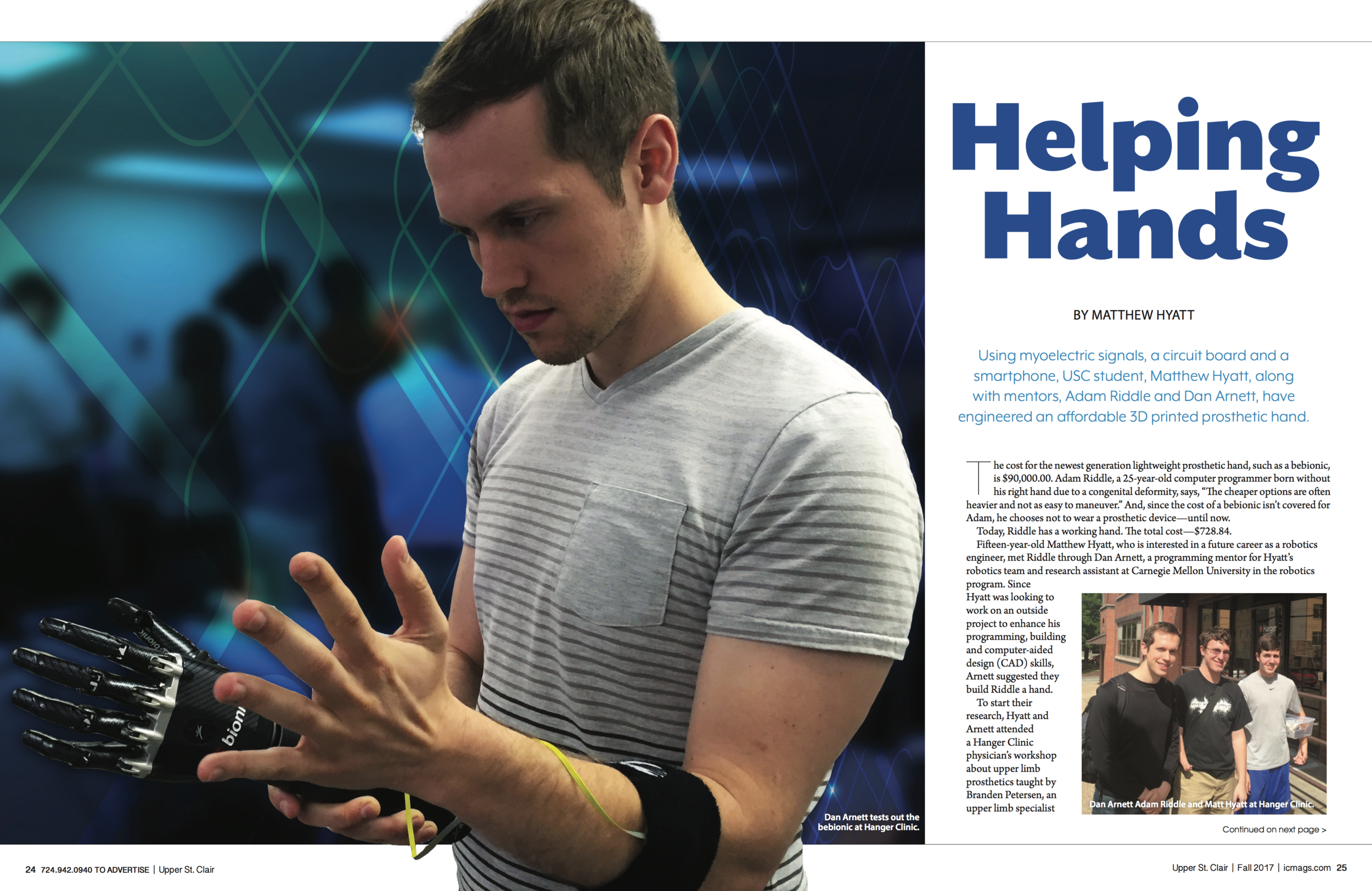
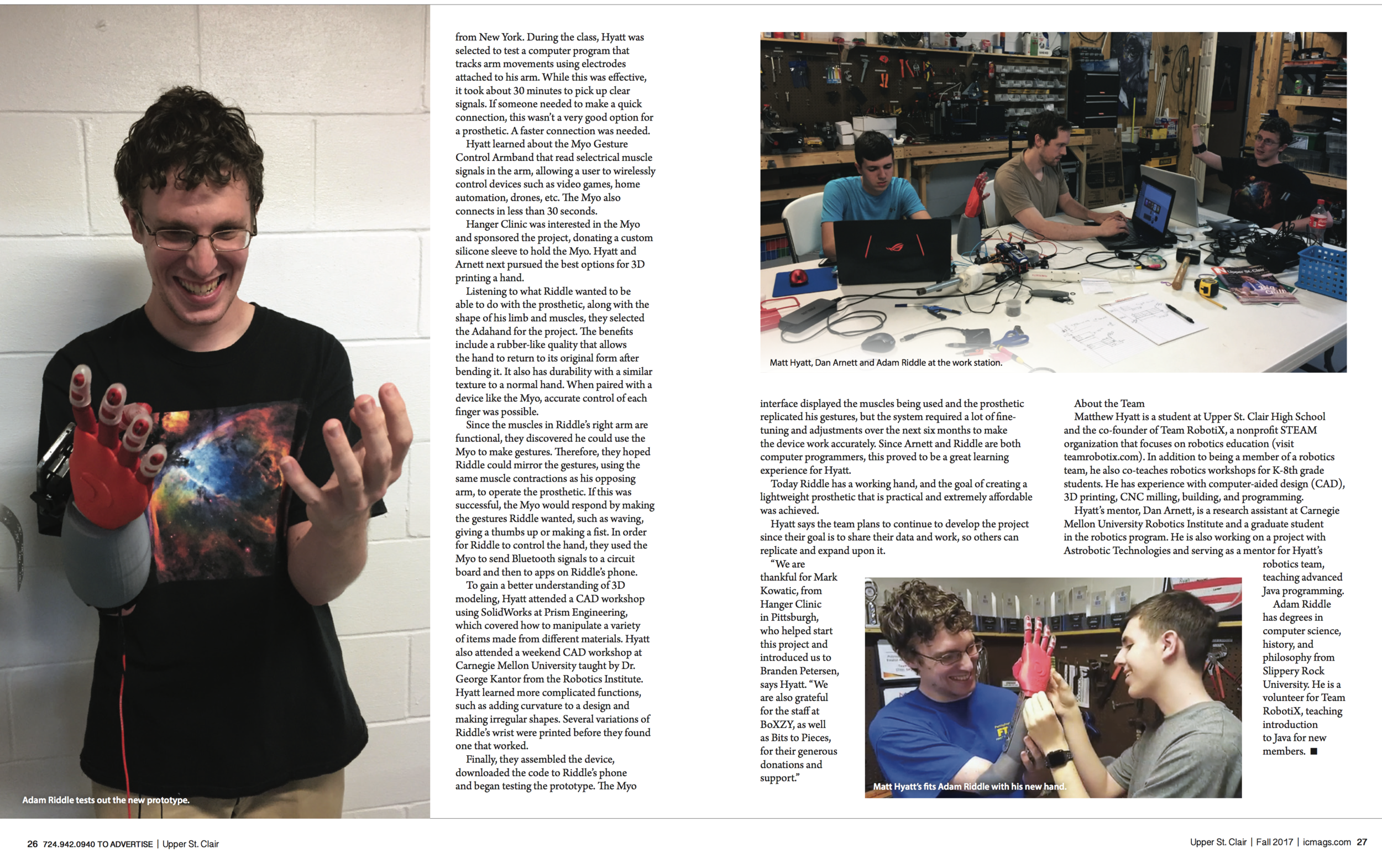
Robotic Hand Project
Role:
Programmer
Programming mentor
I programmed an android app to interface between a myo gesture armband and a blue tooth robotic prosthetic hand for my use. Using the myo sdk I set the app to recognize when I made a gesture. When a gesture was detected a string was sent over blue tooth to the circuit board for the hand. The hand then made the gesture associated with the string.
I was also responsible for teaching the work I did to a high school student, Mathew, who was heading up the project. After introducing Matt to basic programming principles, I described both the work I had done, as well as the process I had gone through to complete it. I then had Matt describe the process back to me before recreating the work itsself.
The project was featured in a local publication.
Cozmo Lesson Plans
Here are some lesson plans I have written for teachers utilizing Anki's Cozmo in order to teach introductory programming.
Cozmo Theatre
For grades K-12. Students in groups use Cozmo's code lab to get multiple Cozmos to act out a story in real time. Teaches team work, communication, algorithmic thinking, and problem solving.
Cozmo Block Pyramid
For grades 5-12. A student creates an algorithm for Cozmo to pickup blocks and place them in the shape of a pyramid. The student will then implement that algorithm in code lab.

Shout out for the Humanities
I was the winner of Slippery Rock University's 2016 Shout Out for the Humanities competition. My entry consisted of a short video explaining the importance of the humanities, scripted and narrated by myself, and comprised of creative commons music and video clips. The entire video was shown on a miniature planetarium dome I had setup at the competition utilizing the same system that had been used at the Slippery Rock University Planetarium.


